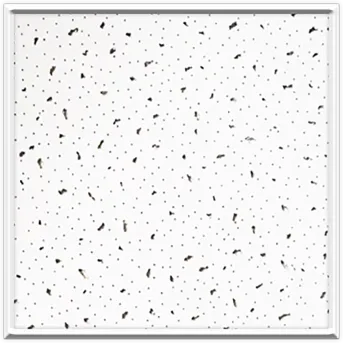10 月 . 12, 2024 16:23 Back to list
gypsum vs pvc ceiling
Gypsum vs PVC Ceiling A Comparative Analysis
When it comes to interior design and construction, the choice of ceiling materials plays a pivotal role in aesthetics, functionality, and overall quality of the space. Two popular options that homeowners and builders often consider are gypsum ceilings and PVC (polyvinyl chloride) ceilings. Each material has its unique attributes, advantages, and disadvantages. This article provides a comprehensive comparison of gypsum and PVC ceilings to help you make an informed decision for your next project.
Gypsum Ceilings
Gypsum ceilings, made from Gypsum plasterboard (also known as drywall), are known for their versatility, durability, and eco-friendliness. One of the main advantages of gypsum is its fire resistance; it effectively acts as a barrier against fire and is often required in building codes for safety reasons. Furthermore, gypsum ceilings can be painted and decorated to match the interior décor, providing a seamless and aesthetic finish.
Installation of gypsum ceilings generally requires professional expertise, as they include complex processes such as framing and finishing. This can potentially drive up costs. However, if installed correctly, gypsum ceilings offer a smooth and attractive appearance without visible joints. The material also provides good sound insulation, making it a preferred choice for residential spaces where noise reduction is desired.
On the downside, gypsum ceilings tend to be heavier than alternatives like PVC and can be vulnerable to moisture damage. If exposed to water, gypsum boards may sag or develop mold, necessitating costly repairs or replacements. This makes them less suitable for areas with high humidity, such as bathrooms or kitchens unless additional waterproofing measures are taken.
gypsum vs pvc ceiling

PVC Ceilings
Conversely, PVC ceilings are gaining popularity due to their lightweight nature, easy installation, and maintenance-free characteristics. PVC panels are available in a variety of colors, patterns, and finishes, giving homeowners the flexibility to choose designs that complement their interiors. One of the most significant advantages of PVC ceilings is their resistance to moisture and mildew, making them an ideal solution for humid environments or areas prone to spills.
The installation process for PVC ceilings is relatively straightforward. They can be directly fixed to existing ceilings without the need for extensive framing or professional assistance, thereby reducing labor costs. Furthermore, they do not require painting, as the vibrant colors and finishes are long-lasting and easy to clean.
However, PVC ceilings may not provide the same level of fire resistance as gypsum. While modern PVC products are designed to be flame-retardant, they are still less effective in fire containment than gypsum board. Additionally, while PVC offers a shiny and contemporary finish, it may not appeal to individuals seeking a more traditional or rustic aesthetic.
Conclusion
Ultimately, the choice between gypsum and PVC ceilings depends on the specific needs and preferences of the homeowner or builder. Gypsum ceilings offer a classic, elegant finish with superior fire resistance, but they do require careful maintenance and installation. On the other hand, PVC ceilings present an economical, moisture-resistant alternative that's easy to install and maintain but may compromise on fire safety and traditional aesthetics. By weighing the pros and cons of each material, you can select the ceiling solution that best fits your project requirements.
-
Revolutionizing Interior Design with Ceilings t grid Suspended SystemNewsOct.29,2024
-
Revolutionizing Ceiling Design with ceiling access panel with Gypsum Tile WaterproofNewsOct.29,2024
-
Revolutionizing Interior Design with PVC Gypsum Ceiling: A Comprehensive GuideNewsOct.29,2024
-
Elevating Interior Design with High quality Mineral Fiber Ceiling TilesNewsOct.29,2024
-
Revolutionizing Interior Design with PVC Gypsum Ceiling: A Comprehensive GuideNewsOct.29,2024
-
Elevating Interior Design with High-Quality Mineral Fiber Ceiling Tiles: A Comprehensive GuideNewsOct.29,2024







